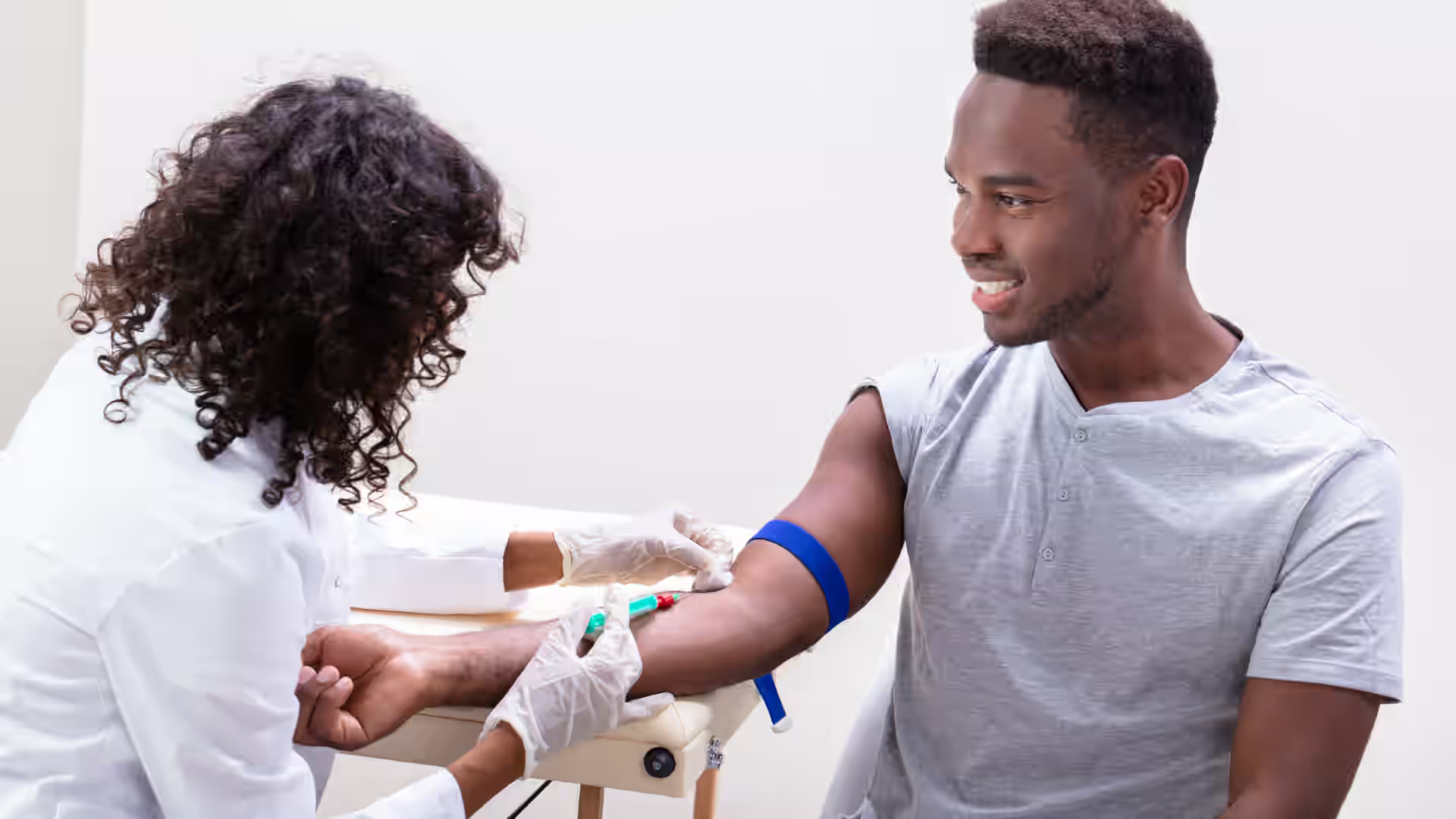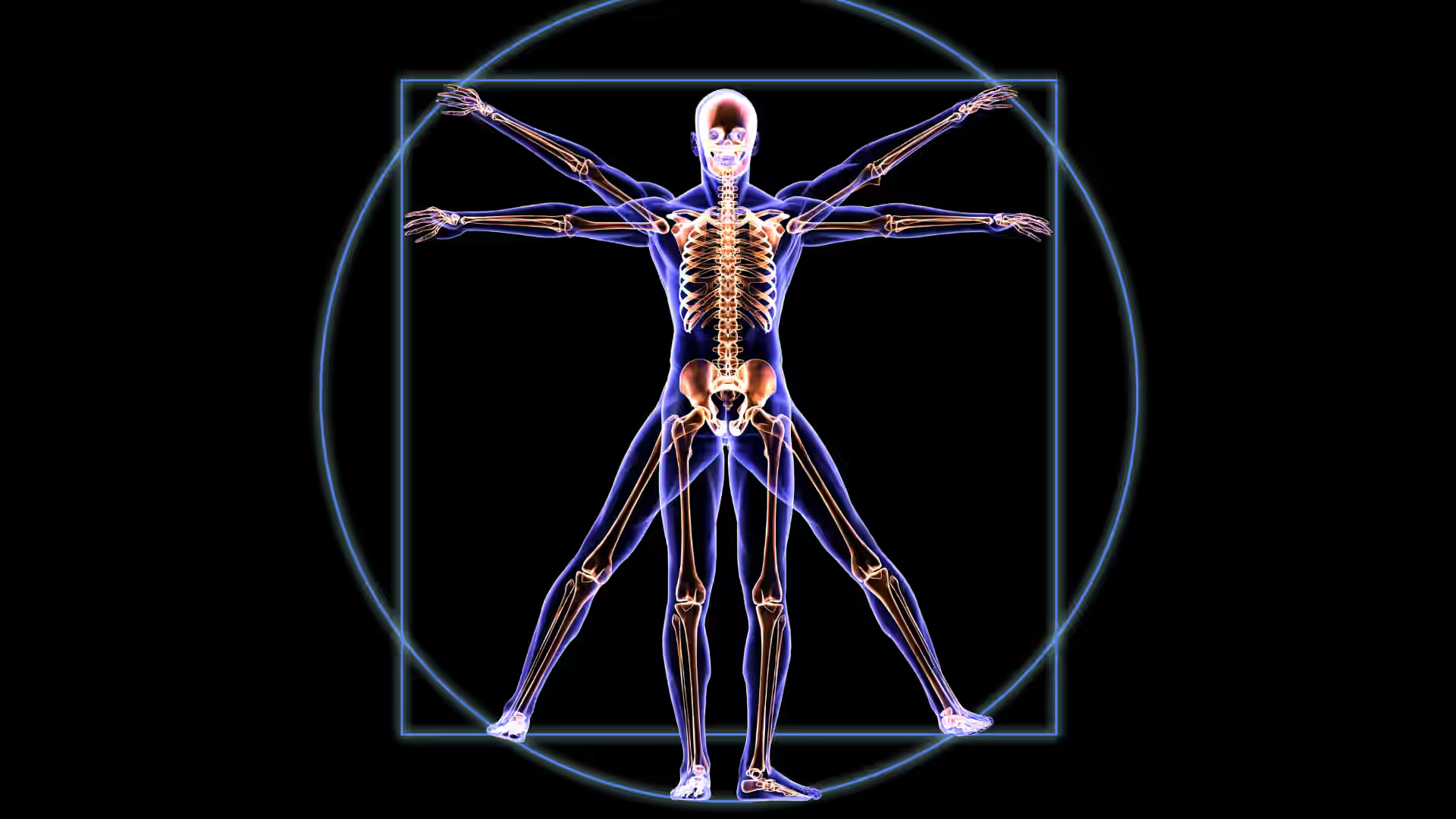A 62-year-old male presents with recurrent fasting hypoglycemia, but he has no history of diabetes or insulin therapy. After multiple ER visits, he is eventually diagnosed with Doege-Potter syndrome, a rare paraneoplastic condition associated with solitary fibrous tumors. His story highlights the importance of recognizing this elusive syndrome early.
Doege-Potter syndrome (DPS) is a paraneoplastic phenomenon that remains underrecognized due to its rarity and nonspecific clinical presentation. Though first described over eight decades ago, it continues to present diagnostic and therapeutic challenges across healthcare systems.
This article provides a comprehensive overview of Doege-Potter syndrome, including its etiology, clinical features, diagnostic process, treatment options, and future research directions.
[signup]
Understanding Doege-Potter Syndrome
Doege-Potter Syndrome (DPS) is a rare paraneoplastic syndrome characterized by non-islet cell tumor hypoglycemia (NICTH) secondary to a solitary fibrous tumor (SFT). These tumors are usually benign or low-grade malignant mesenchymal neoplasms, frequently arising from the pleura but also found in extrapleural sites.
Historical Background
First described in the 1930s by Karl Walter Doege and Roy Pilling Potter, the syndrome linked hypoglycemia to thoracic tumors. With fewer than 100 cases reported in the literature, DPS remains a diagnostic zebra in clinical endocrinology and oncology.
Causes of Doege-Potter Syndrome
Understanding the underlying causes of DPS is essential for timely diagnosis and targeted management, particularly because the condition results from specific tumor biology.
Common Causes
The most common cause of DPS is a solitary fibrous tumor of the pleura. These tumors produce high-molecular-weight IGF-2, which mimics insulin and drives glucose uptake, leading to hypoglycemia.
Rare Causes
Less common tumor sites include:
- Retroperitoneum
- Pelvis
- Meninges
- Liver
- Extremities
Rare variants of SFTs or other mesenchymal tumors may also present with similar paraneoplastic hypoglycemia.
Symptoms and Clinical Presentation
Accurate clinical recognition of DPS depends on understanding the spectrum of hypoglycemic symptoms and tumor-related manifestations that patients may present with.
Common Symptoms
Symptoms result from chronic or intermittent hypoglycemia, suppressed serum insulin, C-peptide, and low serum IGF-1. These typically include:
- Confusion or altered mental status
- Weakness and fatigue
- Seizures
- Loss of consciousness
Rare and Atypical Symptoms
Some patients may present with no symptoms or vague complaints such as weight loss, dizziness, or night sweats, delaying diagnosis. In rare cases, tumor mass effects (e.g., cough or dyspnea from pleural involvement) may dominate the clinical picture.
Global Perspectives on Symptom Presentation
Symptom interpretation and diagnostic thresholds vary across cultures and healthcare systems. In under-resourced settings, neuroglycopenic symptoms may be misattributed to psychiatric or infectious causes, contributing to a delay in diagnosis.
Diagnostic Approaches
A systematic diagnostic workup is key for confirming DPS, especially when it presents with nonspecific symptoms or overlaps with other causes of hypoglycemia.
Conventional Diagnostic Methods
Diagnosis typically involves:
- Measurement of serum glucose, insulin, C-peptide, and IGF-2
- Imaging (CT, MRI) to localize the tumor
- Biopsy confirming SFT with STAT6 positivity
High-molecular-weight IGF-2 (“big IGF-2”) is strongly associated with DPS, but often requires specialized testing that is not widely available.
Integrative Diagnostic Techniques
Advanced imaging modalities and functional assessments are sometimes used when conventional workups are inconclusive. Some centers utilize PET-CT or ^68Ga-DOTATATE scans in complex cases. Functional assessments may be paired with fasting studies to confirm paraneoplastic hypoglycemia.
Diagnostic Challenges Globally
Limited availability of advanced imaging and IGF-2 assays in low-resource regions can delay diagnosis. Additionally, awareness of DPS among general practitioners remains low, emphasizing the need for educational outreach.
Treatment Options
Effective treatment of DPS focuses on both addressing the underlying tumor and managing hypoglycemia, with strategies tailored to tumor resectability and resource availability.
Conventional Treatments
The definitive treatment is complete surgical resection (removal) of the tumor, which typically leads to resolution of hypoglycemia. In cases of unresectable tumors, options include:
- Glucocorticoids to reduce IGF-2 production
- Growth hormone
- Diazoxide
- Nutritional support with frequent meals or intravenous (IV) glucose
Integrative Medicine Approaches
While not curative, adjunctive therapies may play a supportive role in optimizing patient stability. These include:
- Mindfulness-based interventions to manage anxiety related to recurrent hypoglycemia
- Nutritional counseling to optimize glycemic stability
Prognosis and Outcomes
Understanding prognosis is critical for long-term care planning, especially since recurrence and delayed diagnosis can influence morbidity.
Short-term and Long-term Outcomes
Postoperative outcomes are generally favorable when complete resection is achieved. However, SFT recurrence rates range from 10% to 20%, highlighting the need for long-term follow-up with imaging.
Case Studies
Real-world examples underscore the variability in outcomes based on access to care and timing of diagnosis:
- Case 1: A 55-year-old female in the U.S. underwent successful thoracoscopic resection with complete resolution of symptoms and normal glucose levels at 12-month follow-up.
- Case 2: A 48-year-old male in India experienced delayed diagnosis due to limited imaging, ultimately requiring emergency surgery for tumor debulking.
Future Directions in Research and Treatment
As our understanding of DPS expands, novel therapies and improved diagnostics may reshape management strategies in the coming years.
Emerging Therapies
Targeted therapies, such as tyrosine kinase inhibitors and IGF-1R antagonists, are being explored for unresectable or metastatic SFTs. Immunotherapy's role remains experimental.
Ongoing Research Initiatives
Current research efforts aim to clarify disease mechanisms and identify predictive biomarkers. Initiatives include:
- Development of international SFT registries to better understand the natural history and recurrence patterns of DPS
- Molecular profiling studies to identify therapeutic targets and potential prognostic markers
[signup]
Key Takeaways
- Doege-Potter Syndrome is a rare paraneoplastic condition characterized by non-islet cell tumor-induced hypoglycemia, most commonly caused by solitary fibrous tumors (SFTs) of the pleura.
- The hypoglycemia in DPS is due to high-molecular-weight IGF-2, which mimics insulin and promotes glucose uptake, leading to low blood sugar levels.
- Symptoms typically include confusion, fatigue, weakness, seizures, or even loss of consciousness, often due to chronic or intermittent hypoglycemia.
- While most tumors originate in the pleura, DPS can also be associated with extrapleural SFTs found in the pelvis, retroperitoneum, meninges, liver, or extremities.
- Diagnosis involves identifying hypoglycemia with low insulin and C-peptide levels, and confirming an IGF-2-producing tumor through imaging and biopsy.
- Surgical resection of the tumor is the mainstay of treatment and often resolves the hypoglycemia permanently.
- Global data on DPS is limited, but awareness is growing with improved imaging techniques and increased recognition of extrapleural presentations.





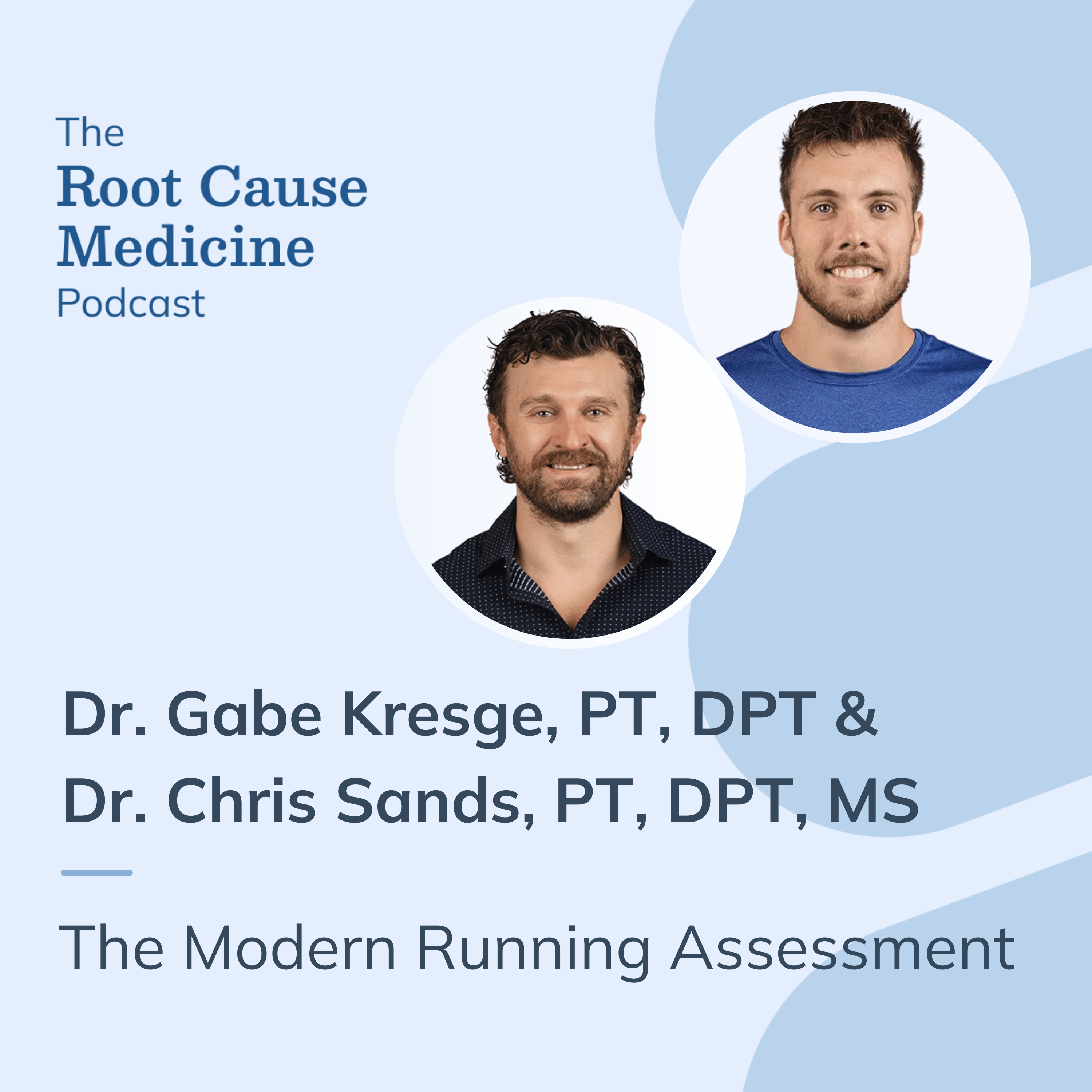
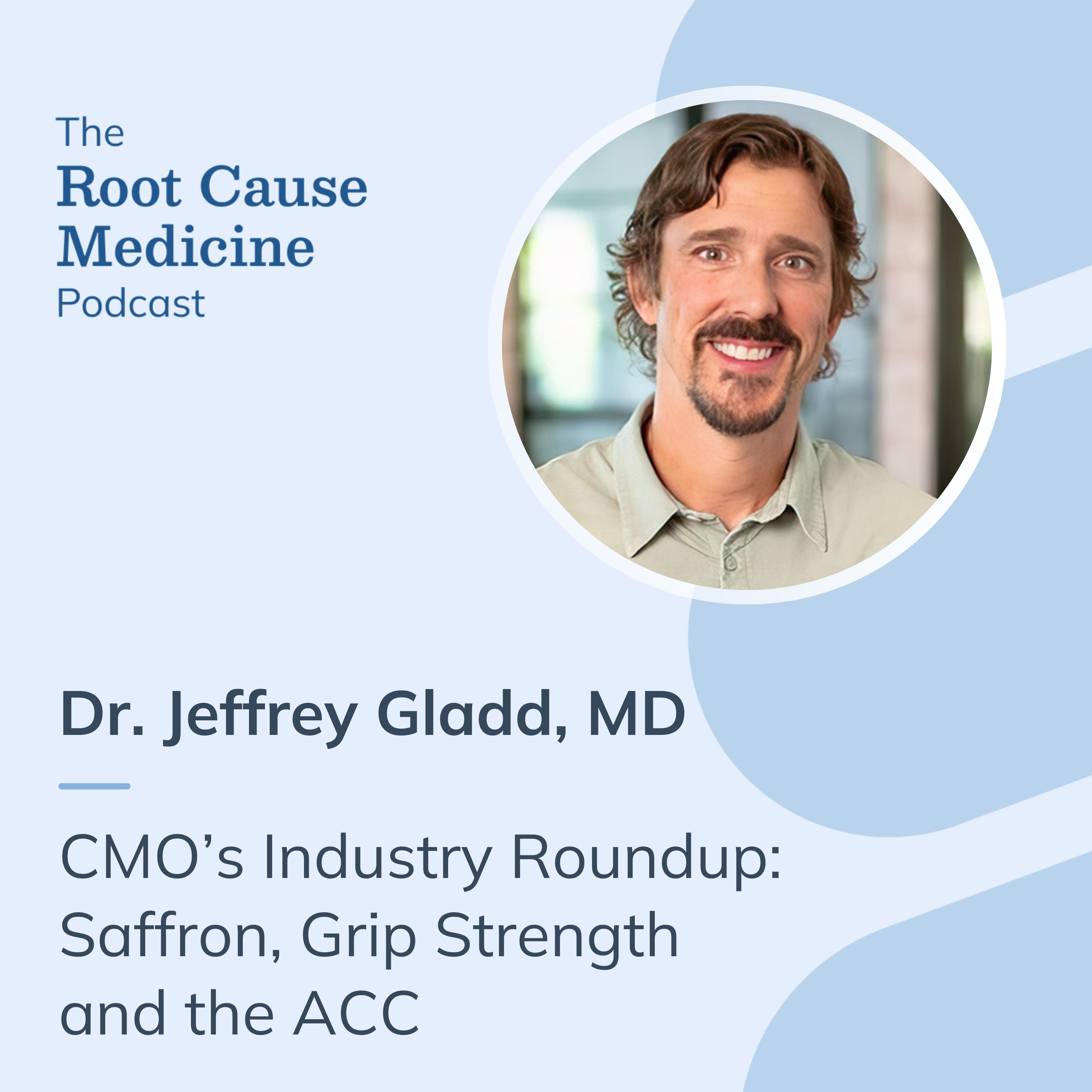
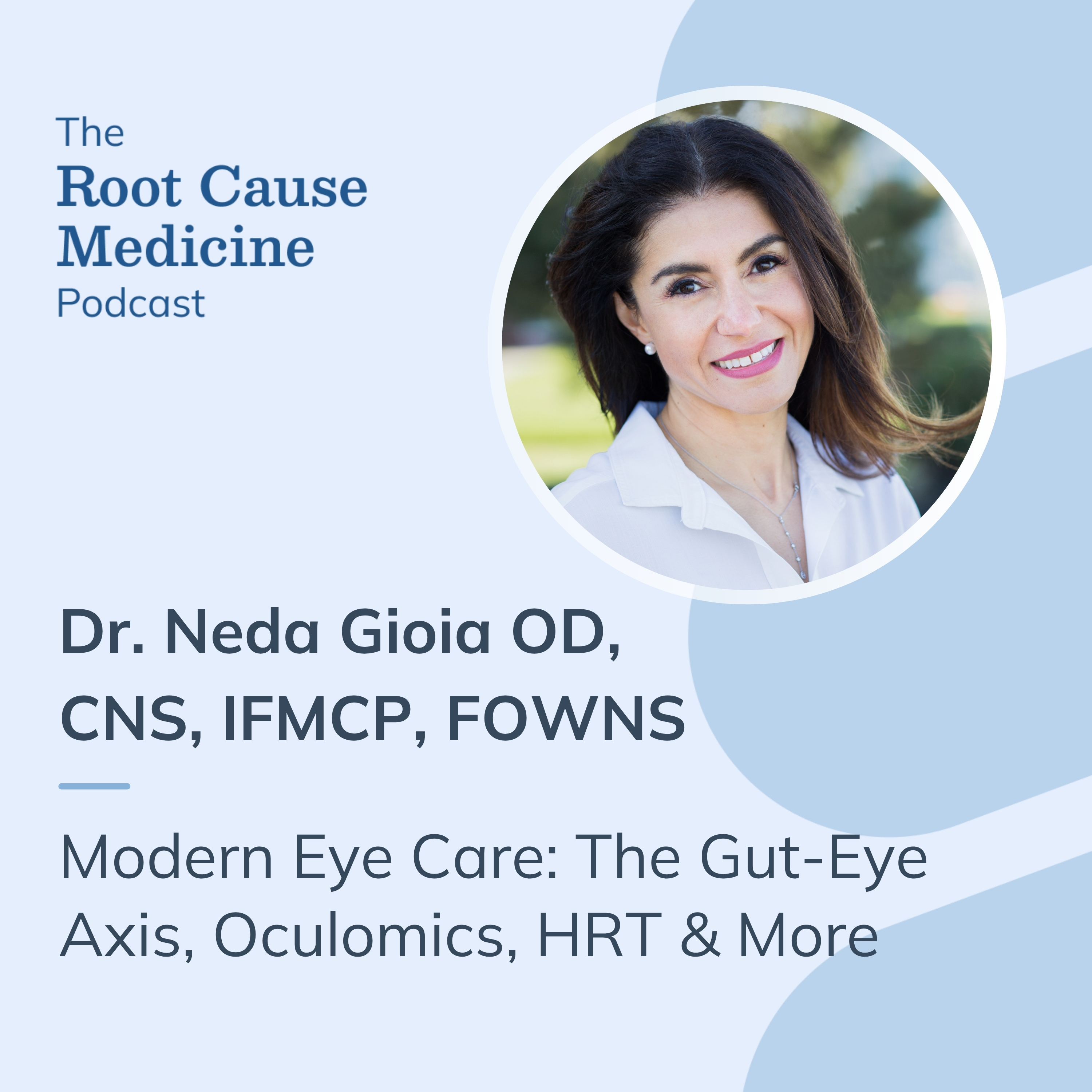
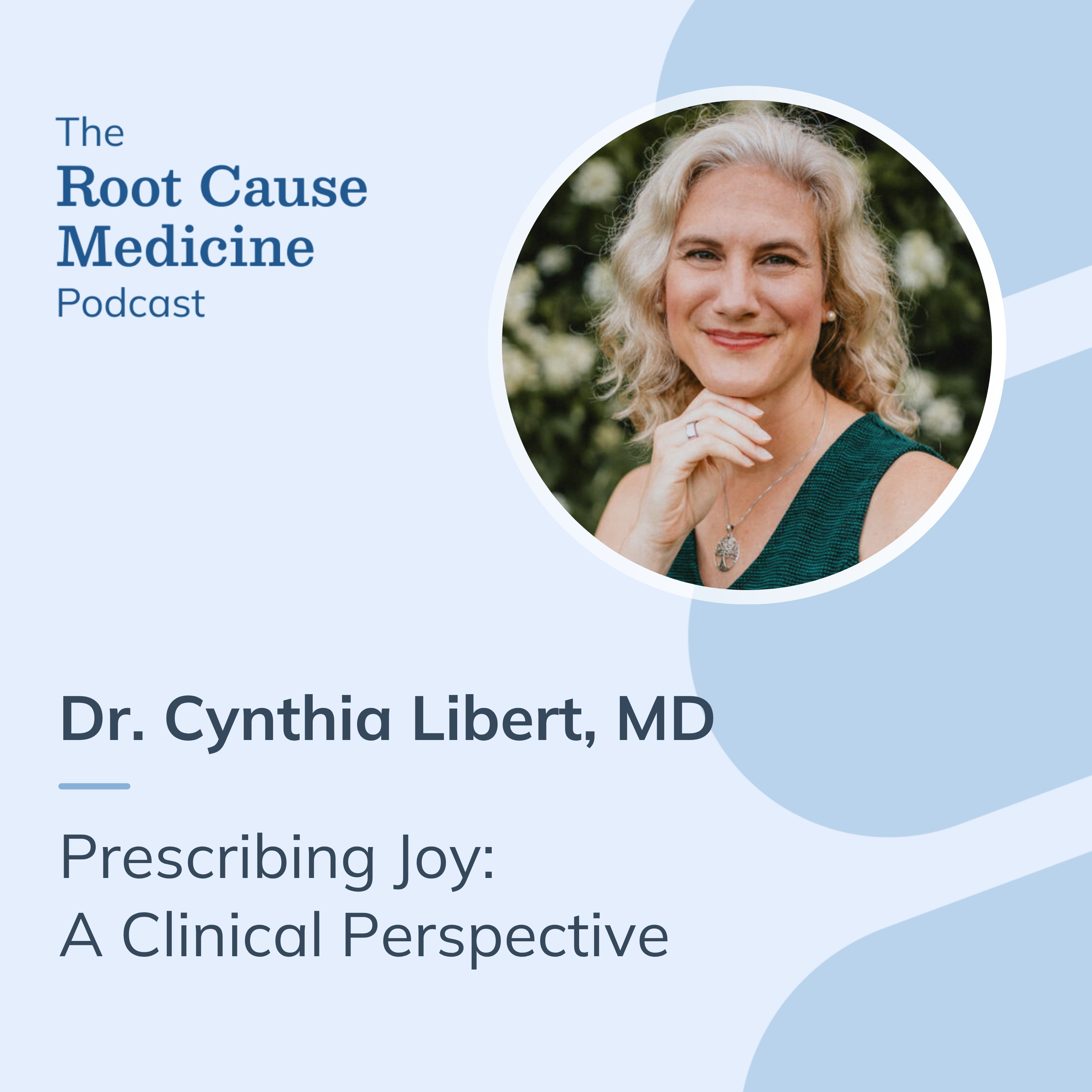
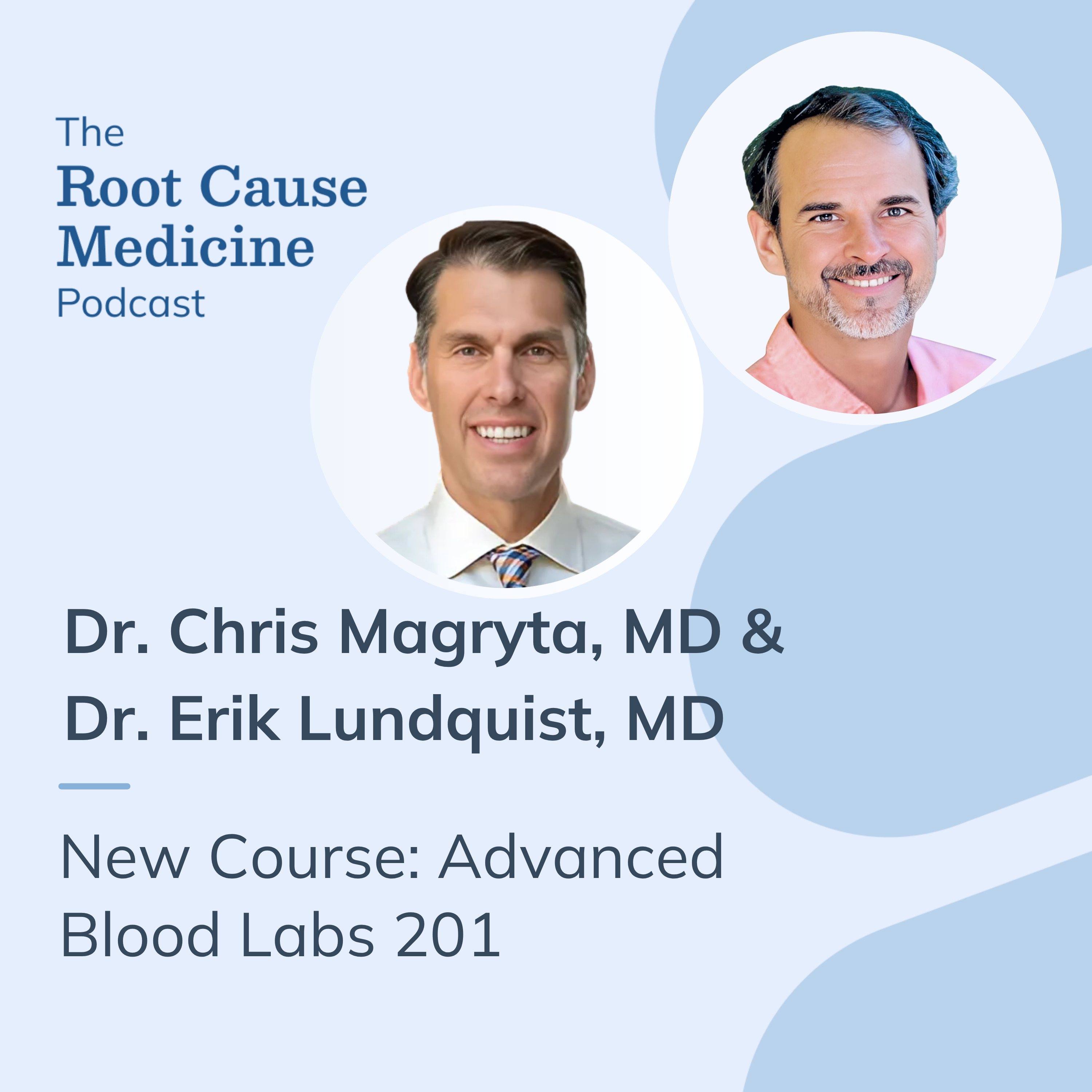


%201.svg)




